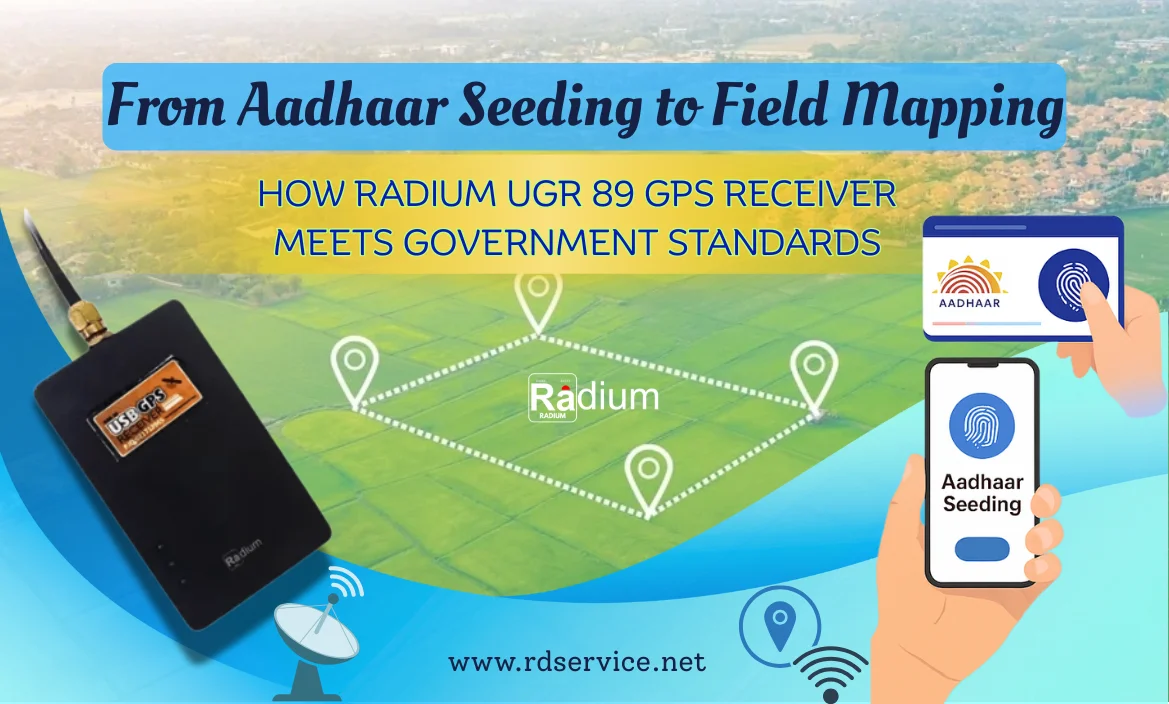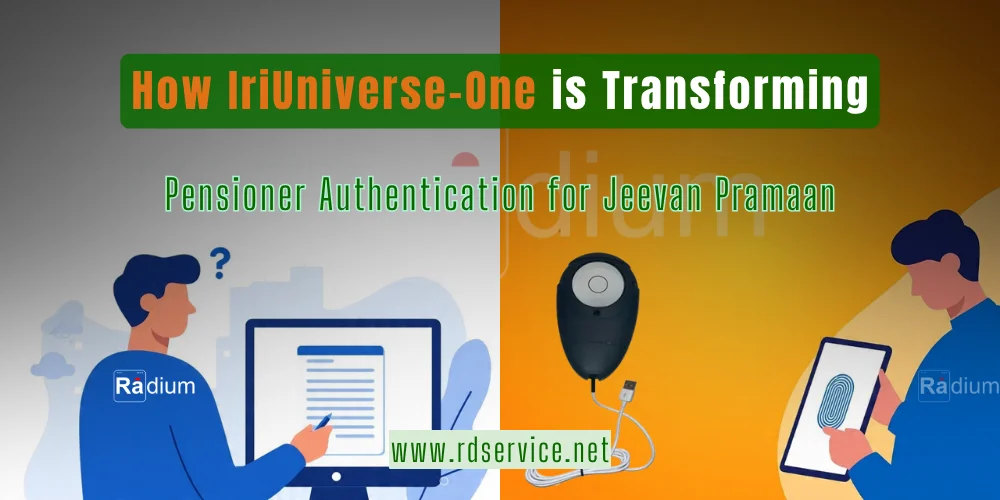
Introduction:
In today's digital age of technology, ensuring the secure web applications is overriding. Traditional username & password authentication methods which are no longer sufficient to protect sensitive data to ensure user privacy. This led to the rise of biometrics as a secure & convenient method for user authentication in web applications.
Biometric authentication methods, such as fingerprint scanning, facial recognition and iris scanning, provide a unique & highly secure way to verify any user's identity. These methods rely on an individual's distinct physiological & behavioral characteristics, making extremely difficult for unauthorized users to gain access.
In this detailed blog, we tried to explore the integration of biometrics into web applications, about the benefits it offers, the technologies involved also the steps to implement web-based biometrics securely.
Understanding Web-Based Biometrics
Understanding Web-Based Biometrics involves delving into the use of biometric authentication methods in web applications. Biometrics uses unique physical or behavioral traits, such as fingerprints, facial features, or voice patterns, to verify a user's identity. In the context of web applications, this technology offers several advantages:
- Enhanced Security: Biometrics provide a strong layer of security by ensuring that only authorized individuals gain access to sensitive data or services.
- User Convenience: Users can access web applications without needing to remember complex passwords, making the authentication process more convenient.
- Reduced Fraud: Biometric authentication is difficult to spoof, reducing the risk of identity theft or fraud.
- Improved User Experience: It simplifies the login process, enhancing the overall user experience.
- Multi-Factor Authentication: Biometrics can be used as part of a multi-factor authentication system, adding an extra layer of security.
- Personalization: Each user's biometric data is unique, ensuring a personalized and secure experience.
Advantages of Web-Based Biometrics:
Web-based biometrics offer numerous advantages, including:
- Elevated Security: Biometric authentication offers an advanced level of security surpassing traditional password-based methods. It relies on unique physiological or behavioral characteristics, making it difficult for unauthorized individuals to gain access.
- Convenience: Users appreciate the convenience of biometrics. They don't need to remember complex passwords or carry physical tokens for authentication.
- Reduced Fraud: Biometric data is difficult to replicate or forge, reducing the risk of identity theft and fraud.
- Improved User Experience: The authentication process becomes seamless and quick, leading to a better user experience.
- Multi-Factor Authentication: Biometrics can be used as part of a multi-factor authentication strategy, further enhancing security.
- Personalization: Each person's biometric data is unique, ensuring a highly personalized and secure experience.
Technologies Behind Biometric Authentication:
Several technologies enable biometric authentication, including:
- Fingerprint Recognition: This method identifies users based on their unique fingerprint patterns.
- Facial Recognition: It analyzes facial features and structures for authentication.
- Iris and Retina Scanning: These technologies use the unique patterns in the iris or retina of the eye for identification.
- Voice Recognition: Vocal characteristics, such as pitch and tone, are used for authentication.
- Behavioral Biometrics: This involves analyzing user behavior, such as typing speed and mouse movements, to verify identity.
- Palm Vein Recognition: It uses infrared technology to map the vein patterns in an individual's palm.
Implementing Biometrics in Web Applications:
To integrate biometric authentication into web applications, follow these steps:
- Select the Biometric Modality: Choose the appropriate biometric modality (e.g., fingerprint, facial recognition) based on your application's requirements.
- Biometric Sensor Integration: If hardware sensors are necessary, ensure compatibility and proper integration.
- Biometric Data Capture: Develop or use software libraries to capture and process biometric data.
- Data Storage and Encryption: Securely store biometric templates using strong encryption to protect user privacy.
- API Integration: Use biometric authentication APIs and SDKs provided by reputable vendors to streamline integration.
- User Enrollment: Implement a user enrollment process to collect and store biometric data securely.
Evolution of Web Applications & Biometrics
Client-server and standalone apps dominated the computing world in its early years. Either standalone systems were installed with software programmes or a client-server setup was used. Back then, it was crucial to keep things "local." Applications that could be installed locally, a local network, local storage possibilities, local processing power, etc. However, with the development of the World Wide Web, things had to alter.
The World Wide Web was mostly a collection of static sites when it first began to take shape in the early 1990s. Web pages, which were mostly created with HTML, were essentially documents that could be accessed online. They weren't quite as interactive or dynamic as modern web pages. Any link visited by users would send a request back to the server and trigger a page reload.
As an illustration, clicking the "Show more" link at the bottom of a page would refresh the complete page rather than just the remaining material. The order of the pages allowed for some degree of interaction. The early WWW's passwords served as its digital security guards.
Some dynamic features may be written to load with the webpage when JavaScript, a very popular client-side scripting language, was launched by Netscape in 1995. Instead of reloading the full page with each request, Java script elements could carry out some tasks locally.
Servlet Specification version 2.2 in Java and Ajax in 2005 made it feasible to develop more dynamic and interactive web pages starting in 1999. By using Ajax techniques, websites might send and receive data without refreshing the full page and distracting the user interface. Given that online applications require a high level of user interaction, this was a significant turning point.
Biometrics emerged along with the web. By 1999, significant advancements in biometric research had been achieved. In the same year, the Integrated Automated Fingerprint Identification System (IAFIS) of the FBI went into operation. Prior to that, the first commercial, generic biometric interoperability standard was released in 1997.
Conclusion:
Integration of biometrics in web applications represents a great step forward in enhancing security, user experience & convenience. Leveraging unique physiological or behavioral characteristics for authentication not only strengthens protection against unauthorized access but also simplifies user interactions. However, for any technology, it's crucial to implement biometrics thoughtfully, with a focus on security, privacy & accessibility. Organizations must stay updated with evolving biometric trends and continue to prioritize user data protection. With the right practices along with considerations at places, web-based biometrics can play a pivotal role in shaping a more secure and user-friendly digital future.























